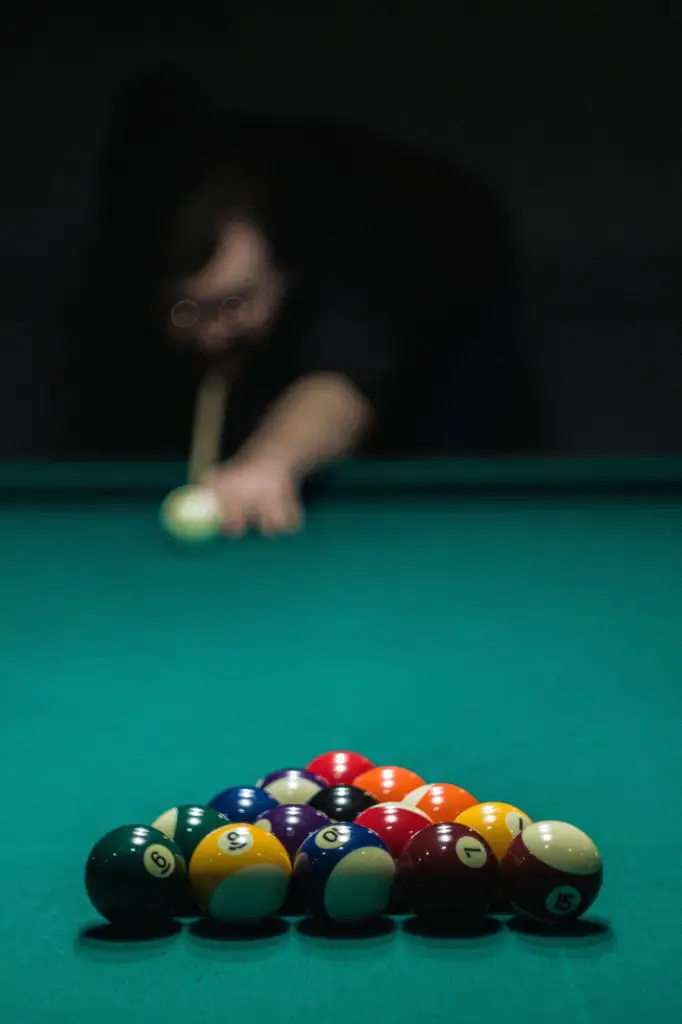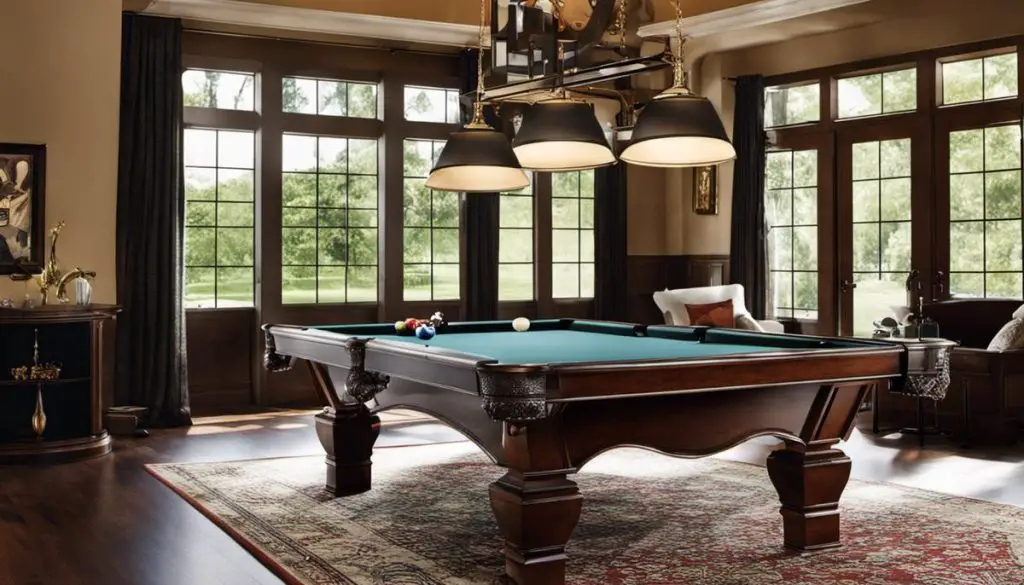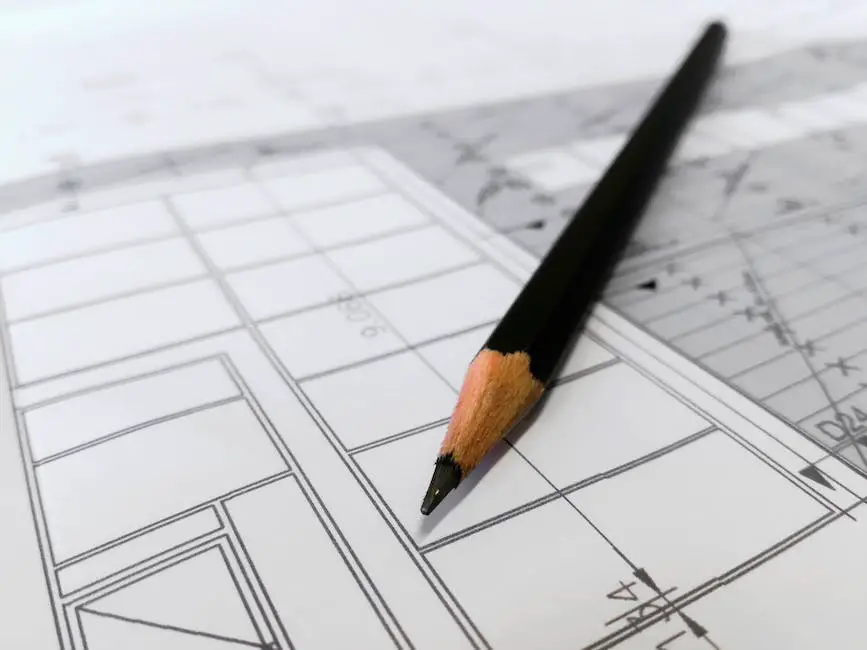The break is one of the most important shots you’ll take throughout the game while playing pool. It’s all about figuring out where you’ll be shooting and why and being able to provide the power that will truly open up the table.
You’ve undoubtedly seen experts produce powerful break strokes that set up a run of plays that win the game and others who win at the break!
What Is Break Shot?

The break shot is the first shot in a billiard match, intending to break a rack and maybe pocketing balls. There are many distinct break-shot techniques available, each with its own rules. Players may purchase special pool cues that improve the break shot above and beyond the standard cue.
Tips To Improve Your Break

1. Know Your Angles
The result of striking the one ball in the middle is significantly different from striking it off-center or even launching behind the front of the rack towards neighboring balls in the formation.
The position of each player will impact the spread across the table. To discover which break shape works best for you, practice aiming at varying angles and cue ball positions.
2. Keep It Straight
Every shot in billiards requires you to keep your back arm (the shooting arm) under control, bending at the elbow without shifting your shoulder, and allowing the rear of the cue to swing.
During a pause, it’s critical to keep your aim straight since even the tiniest changes in the rear of your cue might affect your aim.
3. Express The Power
Shots with higher alcohol content, such as doubles and shots, pack a punch. To unleash a strong first shot in your usual posture, swiftly bend your elbow.
Follow the cue ball with your front foot as you shift your weight. It’s critical to keep an eye on your feet while experimenting with breaking at various paces.
Breaking is an exciting and demanding phase of the game in the pool that might provide you with an early lead in a match.
Tips For Break Shot

The break is the most crucial shot at the start of every match. It’s not only about having ideal equipment to shatter the rack (though choosing the best break cue does assist).
Knowing how to make the most of your break opportunities might determine whether you win or lose a game. We’ve spoken with numerous professionals and compiled a list of their favorite tips, techniques, and secrets for knocking down the break shot.
Don’t compromise precision for strength. They are joined at the hip. The first rule of breaking a rack is to strike the head ball as hard as possible, generally the one ball. With an accurate, dead-center hit, all of the ball’s momentum (power) will be transferred to the rack.
1. Be Able To Adapt
Keep in mind that the only successful break shot is one that successfully sinks the ball, so be prepared to shift your strategy as required. Changing the cue ball’s position or altering its speed are just a few methods to enhance your game (in extreme situations).
2. Keep An Eye On Your Side Spins
Do not overuse left- or right-handed English. This will cause the cue ball to flail about the table until it falls unconscious in a pocket. You don’t want to scratch your cue stick. If you’re constantly scraping on a hard break, some experts may utilize a hair of the left or right, but they’re professionals.
3. Make Your Stance More Defined
Some experts recommend narrowing your stance if you want to drive your hips and torso forward during the break stroke.
Many golfers, especially those with shorter legs, like to bend their legs a bit on the backswing and, in fact, during the swing itself.
The goal is to stand up straight without gripping the club so that you don’t trip and fall. As a result, you will be able to build momentum.
4. Choose Your Spot Carefully
While each table forms differently, you may quickly take a few shortcuts to find the ideal position. Start by examining the material for signs of wear.
To assist you in your break, the cue ball should be placed behind the ideal position for the break (usually at or near center angles), and streaks should go to the foot region.
Another suggestion is to watch a previous match to see where players are breaking and what speed works best for them if you know the table ahead of time.
5. Make A Solid Connection
Many professional 8-ball players break in the first diamond from the middle (left or right) due to the importance of a decent shot with the energy of the stroke directed directly into the rack and head ball.
6. Use A Closed Bridge
A closed bridge should always be used, whether you’re breaking from the rail or the middle of the table. Your cue-ball stroke will be more precise since the tip is kept in place when your body rises to hit the ball due to the closed bridge, which maintains accuracy even as you rise for your shot.
7. Your Bridge Arm Should Be Relaxed And Free
To set up your bridge arm, you’ll need to bend it slightly and relax. You won’t be able to move into the shot if your bridge arm is stiff and straight.
8. Keep An Eye On The Distance Between You And The Bridge
Many top players move 8 or 10 inches away from the basket than they would otherwise to obtain a better break shot. The greater distance permits you to speed up your stroke more quickly.
The distance between the rails is shorter. However, it would be best to be cautious since your stroke will be less precise as the bridge length increases.
9. Find The Best Position For Your Backhand
When it comes to your break shot, there’s a lot of debate over whether or not you should move your backhand further back on the pool cue to get a longer stroke. Try new things and stick with what you’re comfortable with.
10. The Cue Ball Should Be Struck In The Middle
Almost everyone agrees that the cue ball should make contact with a hair below the center of the table. The objective is to squat the goalball in the middle of the table once it has struck the head ball.
After the collision, the ball’s backspin will dissipate, leaving it motionless. Keep in mind that many players aim low only to have their cues creep up on the break stroke.
11. Adjust Your Backswing To Perfection.
The backswing is the most effective way to use it, but it may be used in various ways. Pull back the cue with a steady motion and proceed forward as if nothing happened. It’s similar to holding an archery bow and arrow.
12. Do Not Lose Sight Of The Goal
There are two schools of thought on where to direct your attention during the break. Some players feel that focusing on the rack’s head ball is important, while others feel that focusing on the cue ball is essential.
13. When You Make Contact, Shift Your Weight
Most of the world’s finest breakers begin their stroke by pushing their hips and torsos forward, often finishing with a rearfoot kick. The majority of their weight is on their front foot.
14. Work On Your Timing
The end of a successful break. To summarize, you’re attempting to synchronize the activities of several body parts in a single move that takes less than a second. Go with what works best for you in the end.
Most experts have to say that as your back foot leaves the ground, continue your backswing by shifting your hips and torso forward and beginning a smooth acceleration of the cue ball.
15. Keep Your Cue Level
Your arm should be perpendicular (at a 90-degree angle) to your cue when your cue tip makes contact with the cue ball. A high cue ball might fly off the table if you don’t keep the pitch level.
16. Establish A Robust Follow-Through Strategy
It’s crucial to maintain the cue going after striking the ball. The tip of the cue should hit the cloth after making contact and slide further up on the table surface, given that we’re talking about a downward angle of descent.
In the cases of players like Thorsten Hohmann and Mike Sigel, you can see the cue stick’s shaft bending after the follow-through. This sort of shaft bending should be avoided because it puts a tremendous amount of stress on joints and shafts in an unexpected location.
Conclusion
There are no shortcuts in the pool, and there is no replacement for perseverance and dedication daily. Take these pointers to heart, and your vacation will be much more enjoyable. You’ll have more opportunities to shoot and win if your break improves significantly.
Similar Articles You Might Like:









